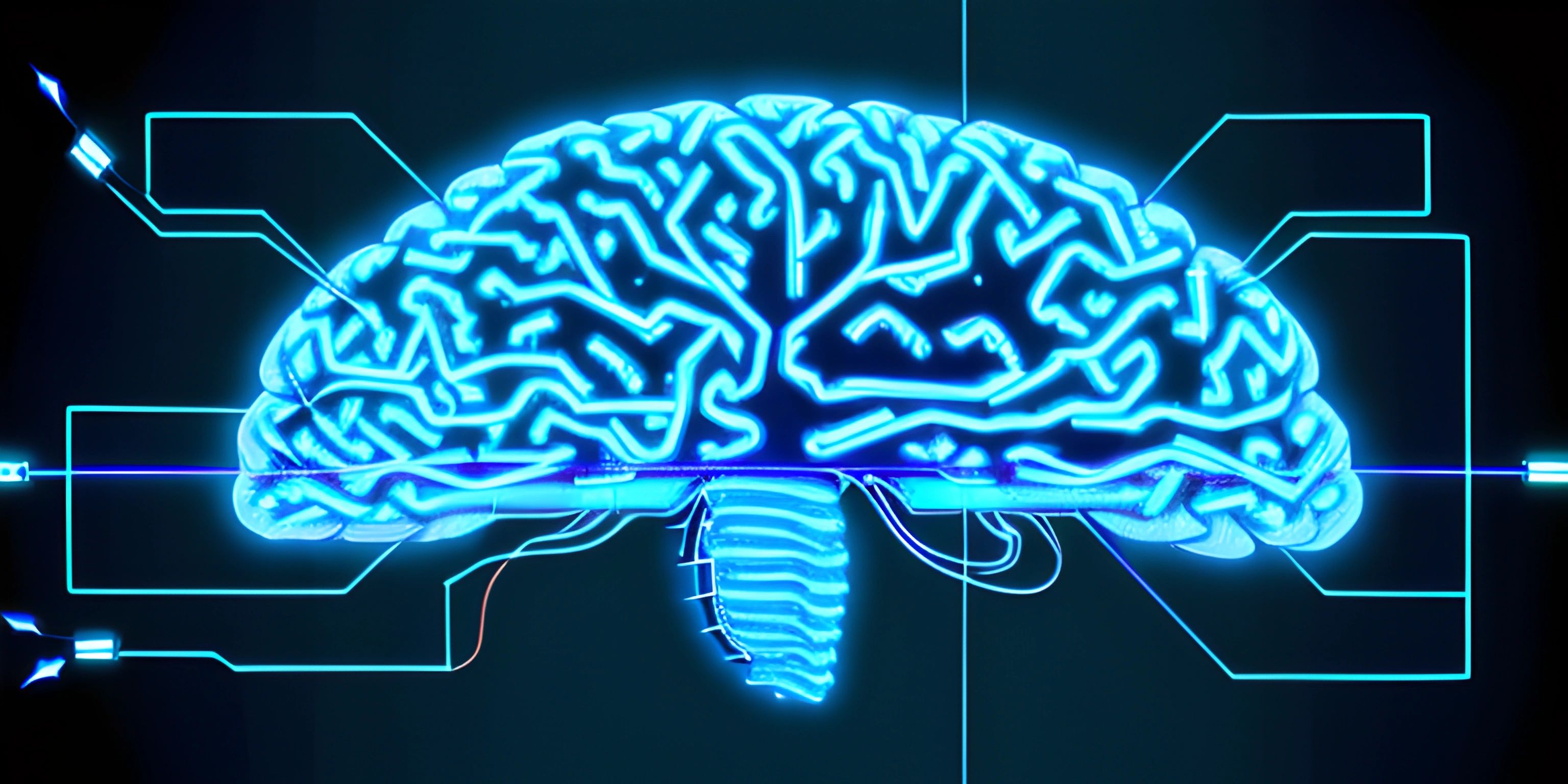Introduction to Natural Language Processing

Note: this page has been created with the use of AI. Please take caution, and note that the content of this page does not necessarily reflect the opinion of Cratecode.
Natural Language Processing (NLP) is like the secret sauce of artificial intelligence (AI). It's the reason your phone knows when you're asking about the weather, and not talking about whether you should wear your new coat. It's what allows machines to understand, interpret, generate and even have meaningful conversations in human languages. In short, it's the magic wand that turns your sci-fi fantasies into reality (well, kind of).
What is NLP?
Natural Language Processing, or NLP, is a field that blends computer science and linguistics. It's all about making machines understand human languages. It's the technology behind spell checkers, voice assistants like Siri and Alexa, and even the autocomplete on your phone. It's like teaching a computer to understand a Shakespearian sonnet, or deciphering the cryptic texts from your friend who always seems to leave out vowels.
How Does It Work?
Under the hood, NLP is all about algorithms, data, and a whole lot of machine learning. Let's imagine we want to teach a machine to understand the sentiment behind movie reviews. A simple approach might be to use a Bag-of-Words model. Here, the computer would look at each word in isolation, count them up and use those numbers to make sense of the text.
review = "This movie was amazing. I absolutely loved it."
word_counts = {
"this": 1,
"movie": 1,
"was": 1,
"amazing": 1,
"i": 1,
"absolutely": 1,
"loved": 1,
"it": 1
}This is a very simplistic view, and real-life NLP involves much more complex techniques, like Tokenization, Stemming, Lemmatization, and deep learning models.
Hey there! Want to learn more? Cratecode is an online learning platform that lets you forge your own path. Click here to check out a lesson: Reading Data Files (psst, it's free!).
FAQ
What is Natural Language Processing (NLP)?
NLP is a field of AI that gives machines the ability to read, understand and derive meaning from human languages. It's used in a variety of applications including translation, sentiment analysis, and topic extraction.
How does NLP work?
NLP works by using algorithms to identify and extract the natural language rules such that the unstructured language data is converted into a form that computers can understand. This involves several steps like tokenization, stemming, lemmatization, and running the processed data through machine learning or deep learning models.
What are some applications of NLP?
NLP has a wide array of applications ranging from spell and grammar checks, to sentiment analysis, voice recognition, and language generation. It forms the basis of virtual assistant technologies (like Siri or Alexa), automatic summarization, and even machine translation.





